A groundbreaking study shows that the human hippocampus continues producing new neurons well into late adulthood.
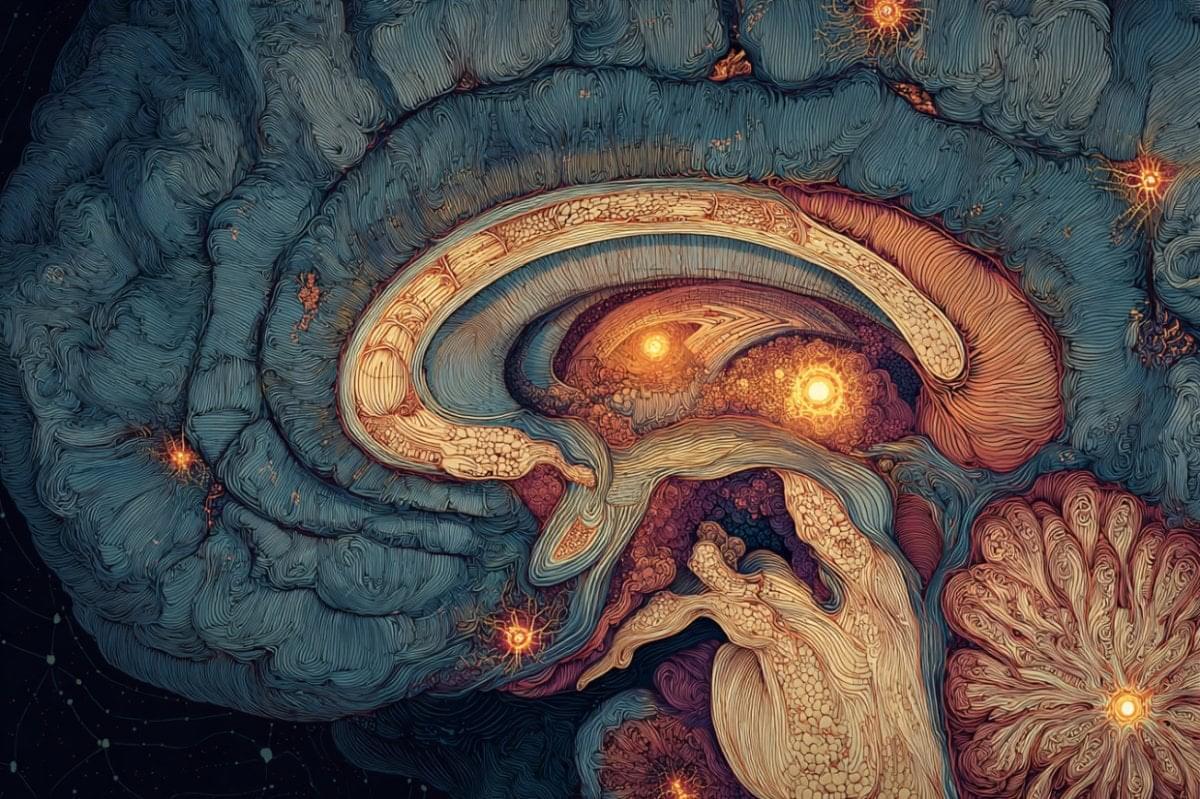

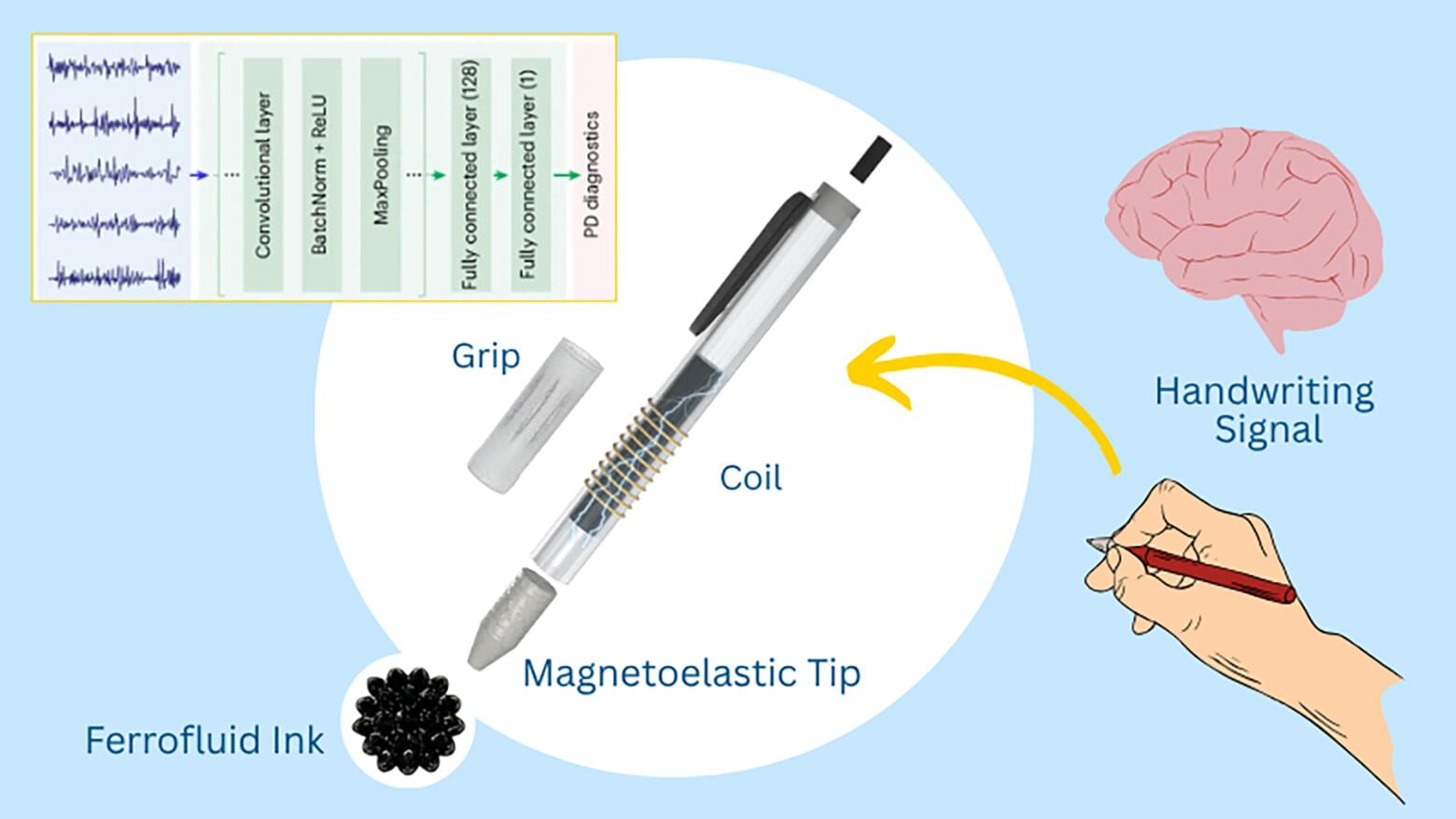
Every year, tens of thousands of people with signs of Parkinson’s disease go unnoticed until the incurable neurodegenerative condition has already progressed.
Motor symptoms, such as tremors or rigidity, often emerge only after significant neurological damage has occurred. By the time patients are diagnosed, more than half of their dopamine-producing neurons may already be lost. This kind of diagnostic delay can limit treatment options and slow progress on early-stage interventions.
While there are existing tests to detect biomarkers of Parkinson’s, including cell loss in the brain and inflammatory markers in blood, they typically require access to specialists and costly equipment at major medical centers, which may be out of reach for many.

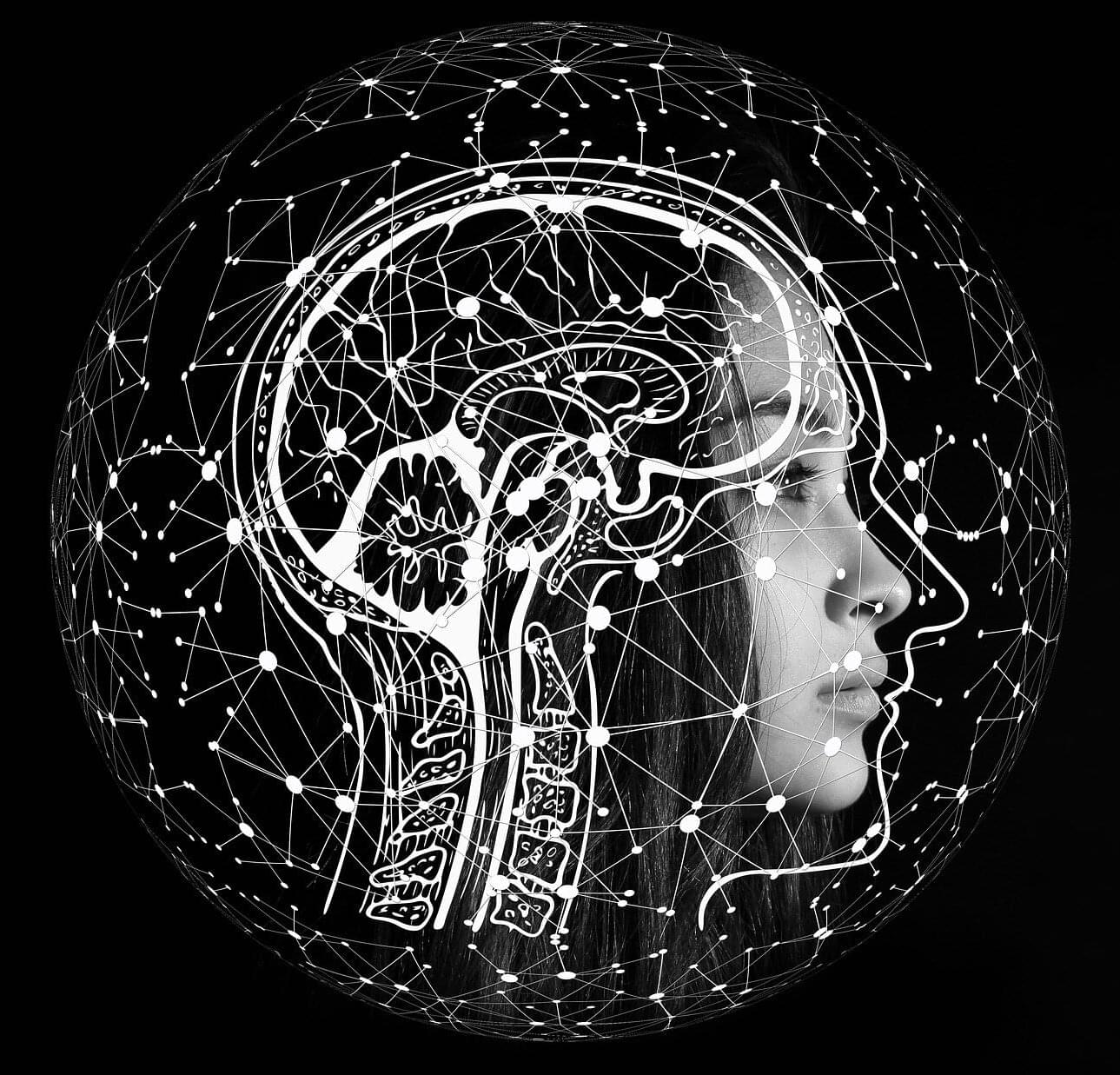
UCLA researchers have made a significant discovery showing that biological brains and artificial intelligence systems develop remarkably similar neural patterns during social interaction. This first-of-its-kind study reveals that when mice interact socially, specific brain cell types synchronize in “shared neural spaces,” and AI agents develop analogous patterns when engaging in social behaviors.
The study, “Inter-brain neural dynamics in biological and artificial intelligence systems,” appears in the journal Nature.
This new research represents a striking convergence of neuroscience and artificial intelligence, two of today’s most rapidly advancing fields. By directly comparing how biological brains and AI systems process social information, scientists reveal fundamental principles that govern social cognition across different types of intelligent systems.
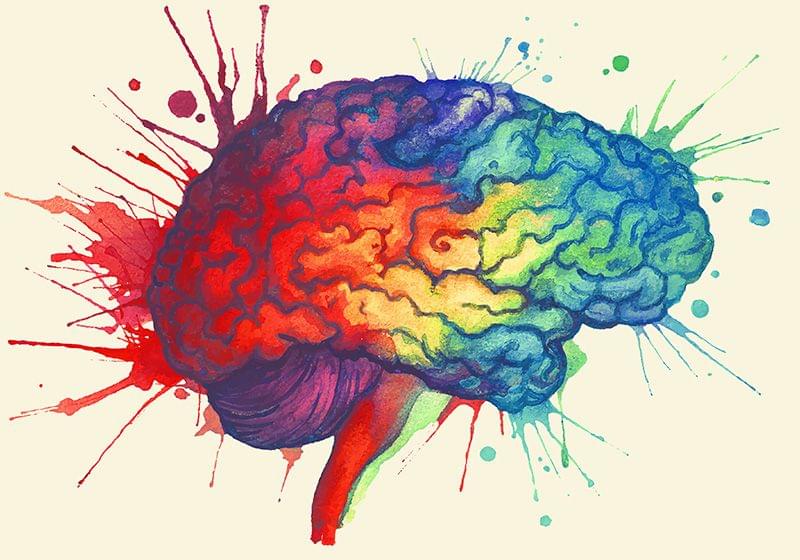
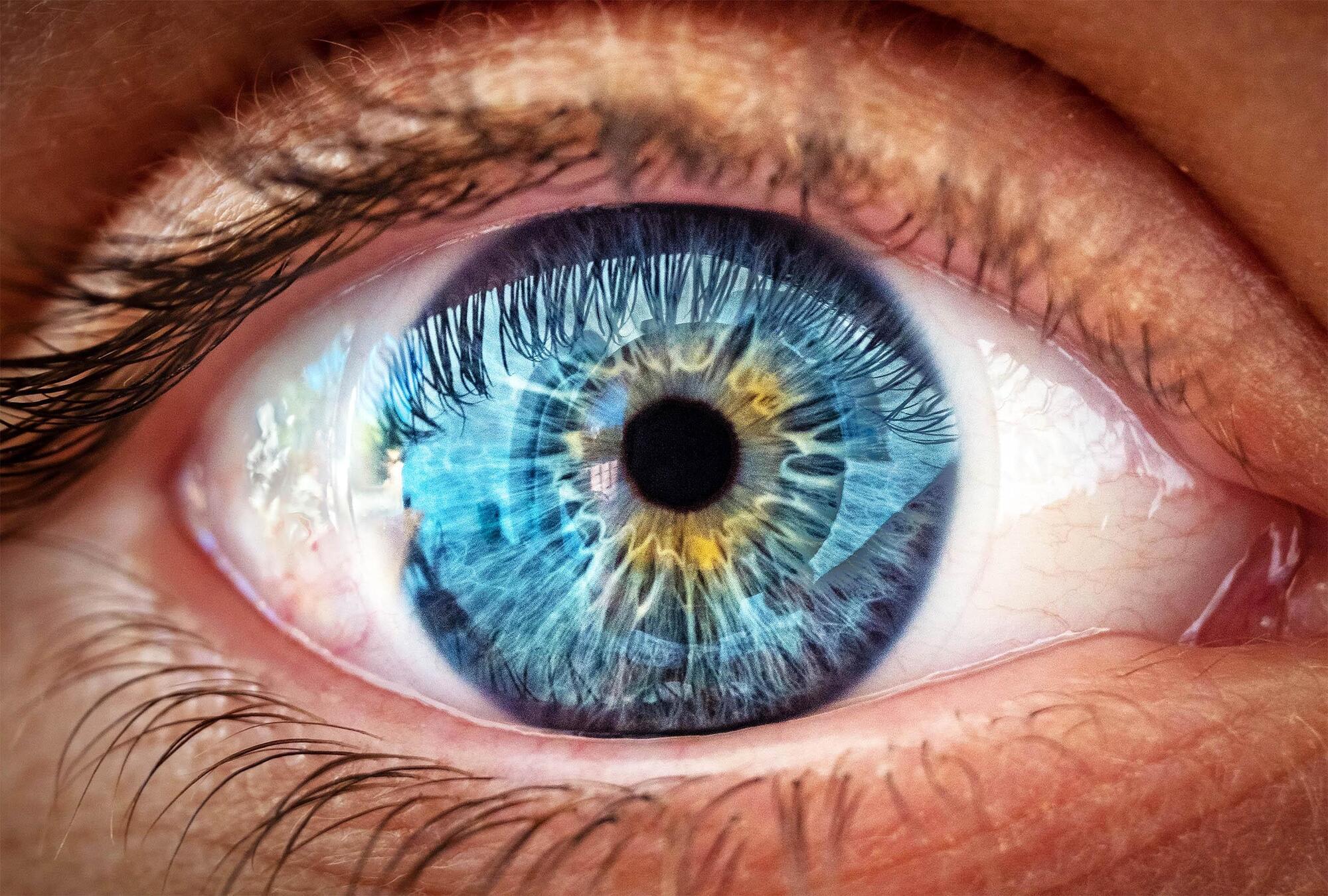
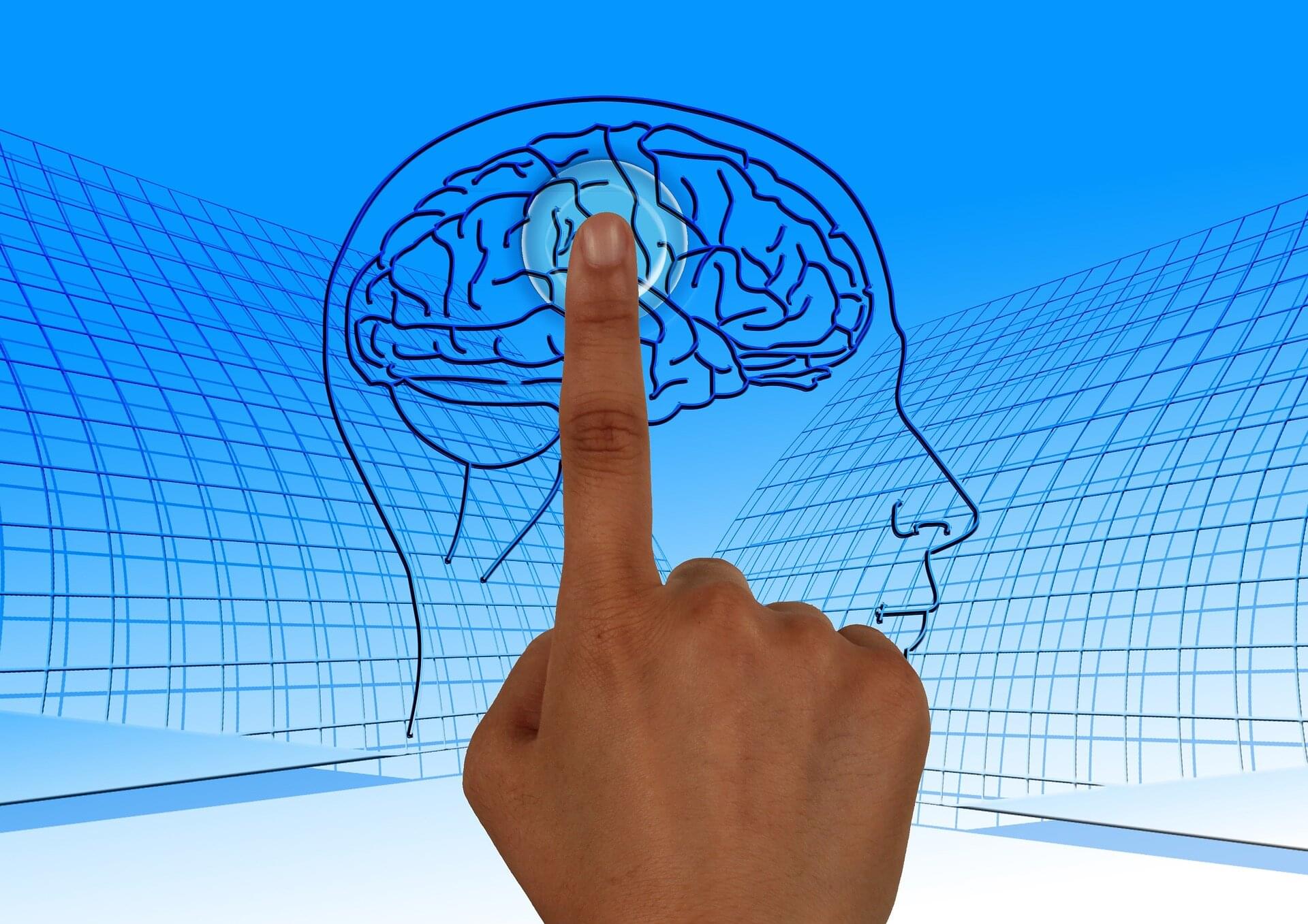
Imagine you are about to confront a friend about a hurtful comment she made and are trying to predict her response. Depending on what you know about your friend, you might infer that she will understand where you’re coming from and apologize, get defensive, or respond with criticism of you.
This process of trying to predict other people’s beliefs, intentions, and emotions is known as mentalizing, and the dorsal medial prefrontal cortex (DMPFC) is one of the key brain regions that make up what is known as the “mentalizing network.” Studies have shown that the network is more engaged during mentalizing than when people make other kinds of inferences, such as about objects—like the comfort of a chair—or human physical traits.
But new research from psychologists at the University of Pennsylvania challenges the interpretation of these findings by highlighting a confounding variable in DMPFC activation: uncertainty.
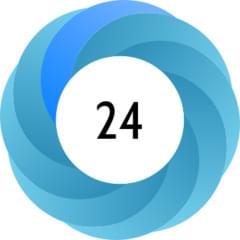
Germline cells play a key role in the transmission of phenotypes and physiological adaptations to subsequent generations (1). Over a century ago, August Weismann proposed that changes in somatic cells cannot be passed on to germ cells or offspring, a theory known as the Weismann barrier (2). Nevertheless, recent studies have proven that the Weismann barrier is permeable, and information can pass from soma to germline and modulate offspring phenotypes. In the past decade, there has been tremendous interest and progress in understanding how an altered microbiome (dysbiosis) affects different somatic cells that compose body tissues, such as brain, liver, heart, kidney, and lungs (3). Nevertheless, whether gut microbiome dysbiosis can exert an influence on the mammalian germline cells (i.e., gut to germline), and ultimately nonexposed offspring, remains unclear.
To tackle this research question, my colleagues and I established an inducible model of gut microbiota dysbiosis in isogenic male mice, using ad lib nonabsorbable antibiotics (nABX) that cannot cross the epithelial barrier of the gut (4). As expected, 6 weeks of low-dose nABX treatment led to a physiologically significant dysbiosis, which is reversible and gradually normalized to a physiologically healthy gut microbiota after 8 weeks of nABX withdrawal (6 weeks + 8 recovery). The induced dysbiosis after 6 weeks of nABX had no appreciable effects on male body weight, growth, or fertility. No nABx residues were detected in the serum or testes of treated males, which confirmed that any distal tissue responses are gut dysbiosis–induced rather than systemic drug effects.
We then examined physiological changes in the male reproductive system in response to 6 weeks of dysbiosis. Dysbiotic males had smaller testes, lower sperm count, and more abnormally shaped sperm. Histological analysis uncovered a wide range of anatomical abnormalities in testes of dysbiotic males, including increased number of abnormal seminiferous tubules, reduced epithelial thickness, and absence of mitotic compartments, which were not observed in control testes. Testicular metabolomic profiles revealed that testes clustered according to gut microbiota status and exhibited dysregulated sphingolipids, glycerophospholipids, and endocannabinoids, all known to play pivotal roles in germ cell function. Moreover, in dysbiotic male testes, spermatogenesis-regulating genes were misexpressed—most notably leptin, a reproductive hormone, was strongly down-regulated.

Incoming information from the retina is channeled into two pathways in the brain’s visual system: one that’s responsible for processing color and fine spatial detail, and another that’s involved in spatial localization and detecting high temporal frequencies. A new study from MIT provides an account for how these two pathways may be shaped by developmental factors.
Newborns typically have poor visual acuity and poor color vision because their retinal cone cells are not well-developed at birth. This means that early in life, they are seeing blurry, color-reduced imagery. The MIT team proposes that such blurry, color-limited vision may result in some brain cells specializing in low spatial frequencies and low color tuning, corresponding to the so-called magnocellular system. Later, with improved vision, cells may tune to finer details and richer color, consistent with the other pathway, known as the parvocellular system.
To test their hypothesis, the researchers trained computational models of vision on a trajectory of input similar to what human babies receive early in life—low-quality images early on, followed by full-color, sharper images later. They found that these models developed processing units with receptive fields exhibiting some similarity to the division of magnocellular and parvocellular pathways in the human visual system. Vision models trained on only high-quality images did not develop such distinct characteristics.
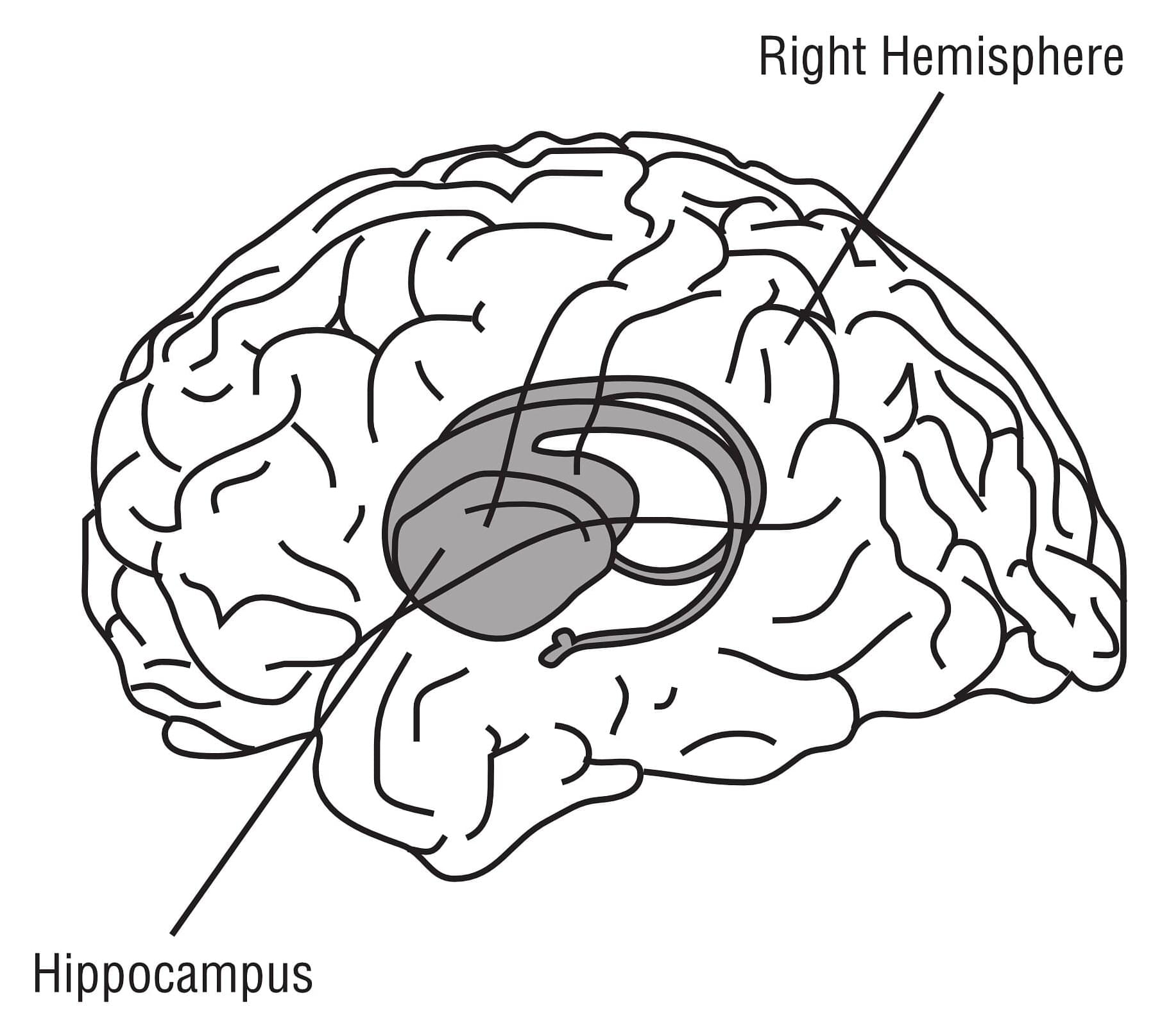
A study in the journal Science presents compelling new evidence that neurons in the brain’s memory center, the hippocampus, continue to form well into late adulthood. The research from Karolinska Institutet in Sweden provides answers to a fundamental and long-debated question about the human brain’s adaptability.
The hippocampus is a brain region that is essential for learning and memory and involved in emotion regulation. Back in 2013, Jonas Frisén’s research group at Karolinska Institutet showed in a high-profile study that new neurons can form in the hippocampus of adult humans. The researchers then measured carbon-14 levels in DNA from brain tissue, which made it possible to determine when the cells were formed.